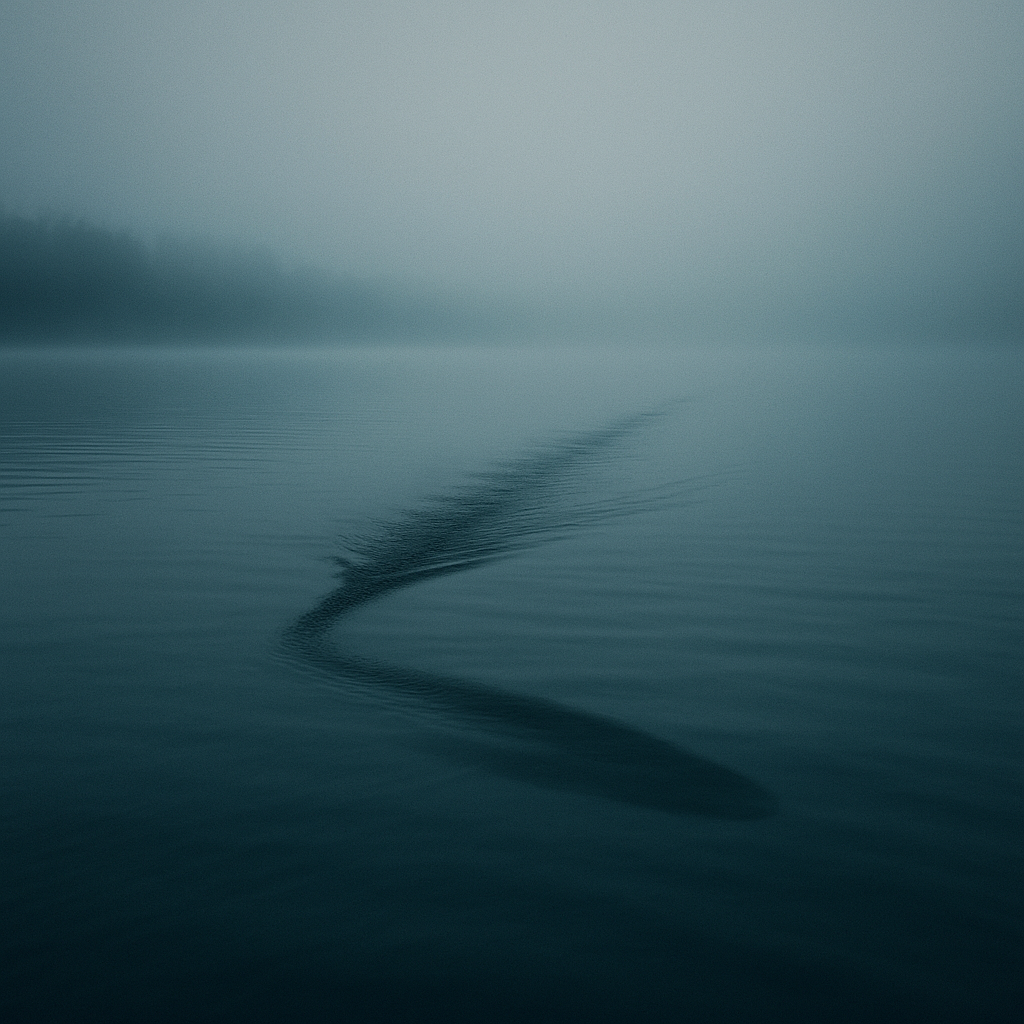
Lake Monster Evidence: Sightings, Sonar & Misidentifications
Share
The surface of a lake can look calm, but it rarely tells the truth. For nearly a century, people have reported strange wakes, dark humps, and long shapes gliding just beneath the water. Some claim they saw a creature rise into view. Others point to sonar scans and underwater shadows that move like something alive. And yet, after decades of searching, no one has delivered the one piece of evidence that settles the question for good.
This is the paradox of lake monster research: too much to ignore, too little to prove. Below is a breakdown of the major categories of “evidence” that keep the legend alive—and the misinterpretations that muddy the water.
Eyewitness Sightings: Human Eyes on a Moving Surface
The most common form of lake monster evidence comes from people who swear they saw something. Reports from lakes around the world share recognizable patterns:
-
A string of humps moving in a straight line
-
A neck or head rising briefly above the surface
-
A wide wake with no visible cause
-
A large, solid mass rolling or diving in open water
Witnesses range from fishermen and boat captains to tourists, police officers, and park staff. The consistency of these descriptions is difficult to dismiss outright. But eyewitness evidence has a weakness: the human brain is wired to find meaning in motion, especially on reflective water where distance and scale are hard to judge. Lakes are optical trapdoors. Shadows and waves can impersonate creatures convincingly—and the mind fills in the rest.
Still, the sheer volume of sightings forces a question: if nothing is there, why do so many people, in so many places, report the same forms and movements?
Photos and Film: Blurs, Shadows, and Rorschach Monsters
Photographs are the second most common “proof,” but also the least trustworthy. Almost every classic lake monster image suffers from one or more flaws:
-
Extreme distance
-
Low resolution
-
Heavy zoom grain
-
No scale markers (making logs look like leviathans)
Water is especially cruel to photography. A wave at the wrong angle can distort size. Mist obscures silhouettes. And when the subject appears for only a moment, shaky hands do the rest.
Some images were deliberate hoaxes. Others were likely honest misinterpretations. In both cases, photographic evidence has never been strong enough to stand on its own.
Sonar: When Machines See What Eyes Can’t
If any evidence category keeps the lake monster debate alive, it’s sonar. Unlike cameras, sonar can detect large underwater objects in zero visibility—and over the years, a handful of readings remain difficult to explain.
Highlights from well-known expeditions include:
-
1960s–1970s: early sonar contacts showing large, mobile targets
-
Operation Deepscan (1987): multiple strong sonar hits moving at depth
-
Modern surveys (2000s–present): occasional returns showing large objects trailing or pacing survey boats
Sonar is compelling because it strips away subjective interpretation. A machine either detects mass—or it doesn’t. But sonar also has limits. Schools of fish, temperature layers, or submerged debris can produce odd returns. Sonar raises eyebrows, but it does not close the case.
Satellite, Webcams & Modern Tech: More Eyes, Same Questions
Even with 24/7 webcams and high-resolution satellite imagery, the mystery refuses to resolve. A handful of unusual shapes on Google Earth and livestream “anomalies” have fueled viral headlines, but like photos, they crack under scrutiny.
The result is a strange balance: more monitoring than ever, but no definitive breakthrough.
Misidentifications: Nature Wearing the Mask
Many lake monster sightings can be explained by familiar culprits:
-
Sturgeon: massive, prehistoric-looking fish that can break the surface
-
Eels: especially in deep, cold lakes where they can grow large
-
Log floes and peat debris: often mistaken for a swimming body
-
Wave trains and seiches: rolling surface illusions that look like humps
These explanations can account for some sightings—but not all. That sliver of unexplainable encounters is where the legend continues to swim.
Hoaxes: A Small Cause, A Big Shadow
From staged photos to floating props, hoaxes have long haunted lake monster research. They are few, but they damage credibility. Still, even the most infamous exposures have failed to kill the legend. If anything, they’ve made the public more fascinated—not less.
So Where Does That Leave the Search?
The lack of “proof” doesn’t settle anything. Deep lakes are excellent at hiding the dead, erasing traces, and swallowing evidence. Many remain unmapped below the photic zone. And as long as people continue to witness, record, and question what moves beneath the surface, the hunt remains alive.
In the end, lake monster evidence does not provide answers—only invitations. The water keeps its secrets. We keep looking.
Continue the Expedition
Return to the Lake Monster Hub
Read the Loch Ness Monster Case File
Explore the Ogopogo Case File
